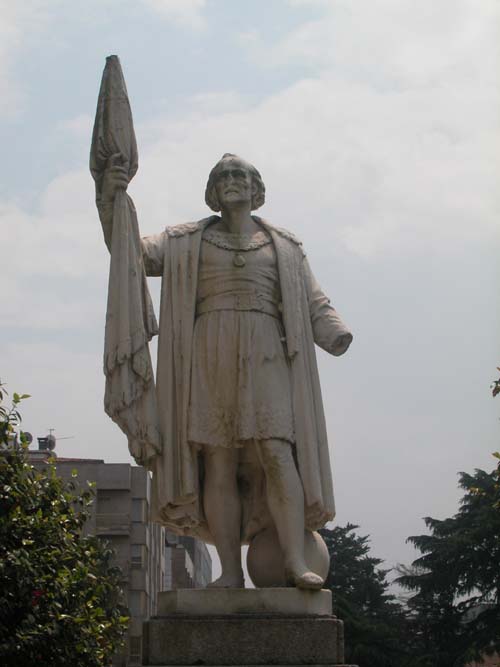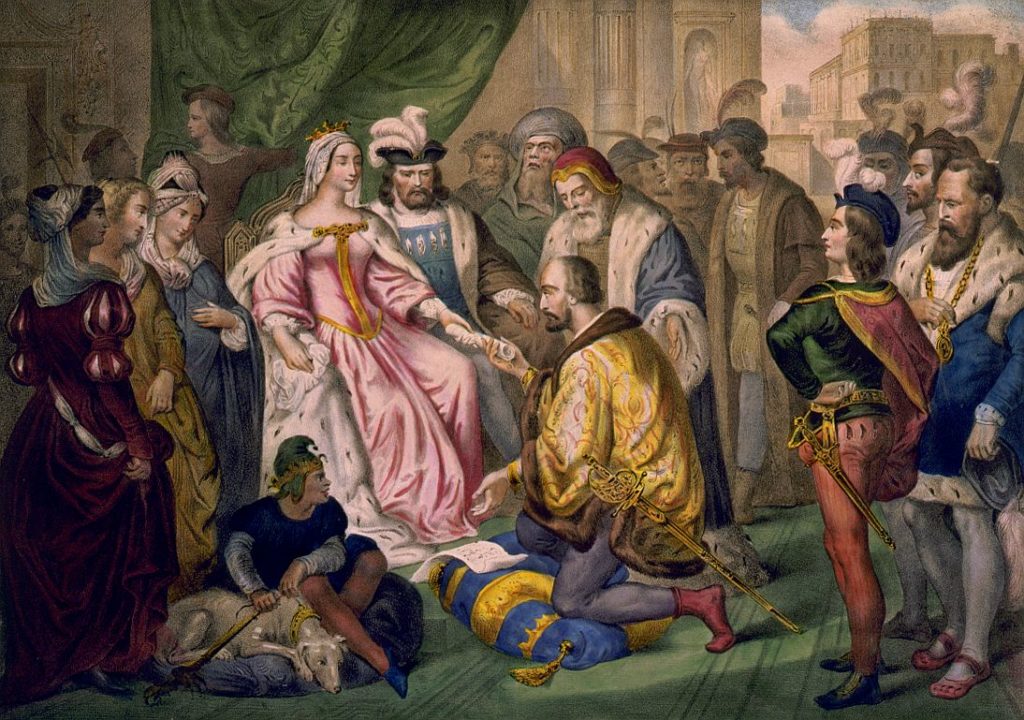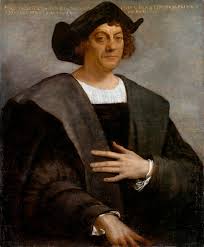In late 1505, Columbus became too ill to travel anymore and remained until his death in a modest house at Valladolid. He began to write his Book of Prophecies, a compilation of apocalyptical religious revelations. In the spring of 1506, at age 55, Columbus complained,
“This illness now works me without pity.” Cardiac complications had probably set in; his body was swollen with dropsy. The end was near. He ordered Diego to “provide for Beatriz Enriquez, mother of my son Don Ferdinand, so that she might live decently, as a person to whom I am greatly indebted.”

On May 20, 1506, Columbus died of a heart attack due to arthritis (as claimed by researchers in 2003), in Valladolid. He had suffered through a long terminal illness that first showed symptoms on his third voyage eight years before. Weakened by rheumatism, exposure, and years of bad food Columbus had become very ill from his last trip, and he spent many months in Seville recuperating at the Monastery of Las Cuevas.
Christopher Columbus Voyages
On his first voyage he noted the “sore eyes” that later disabled him. He may have contracted malaria and typhus, and probably suffered from Reiter’s syndrome, which combines eye and urinary tract disorders with arthritis.
According to his son Fernando, the cause of death was “gout.” But in those days, gout was a catchall diagnosis for anything that caused joint pain. Recent research by Gerald Weissmann indicates that the most likely cause of death was Reiter’s Syndrome, a rare tropical disease.

Where was Christopher Columbus Buried
He was then buried in the La Cartuja monastery in Seville. At that time, he was known as one of the richest voyagers in Spain due to the massive amounts of gold that he was able to acquire in Hispaniola.
When Columbus’ eldest son and heir Diego died in 1526, he was buried beside his father. But Diego’s widow petitioned the Spanish court to move both bodies to the cathedral in Santo Domingo on Hispaniola. So the remains of Columbus were moved across the Atlantic, and were buried under the right side of the altar in the cathedral in Santo Domingo. And there matters stood for two centuries. But that’s not the whole story.

In 1877, workers were restoring the cathedral in Santo Domingo and found, under the left side of the altar, a box containing human remains. The box bore Columbus’s name. It immediately became clear to some that the “left” and “right” sides of the altar depend entirely upon the direction one is facing.
And therefore, some argue, the body that had been moved to Havana in 1795 was really that of Diego, while the Admiral’s remains had been in Santo Domingo all along. And so, if you visit the cathedral in Santo Domingo today, you will find another tomb of Columbus
More info on- Christopher Columbus Childhood, Life, Columbus Timeline, Voyages Route